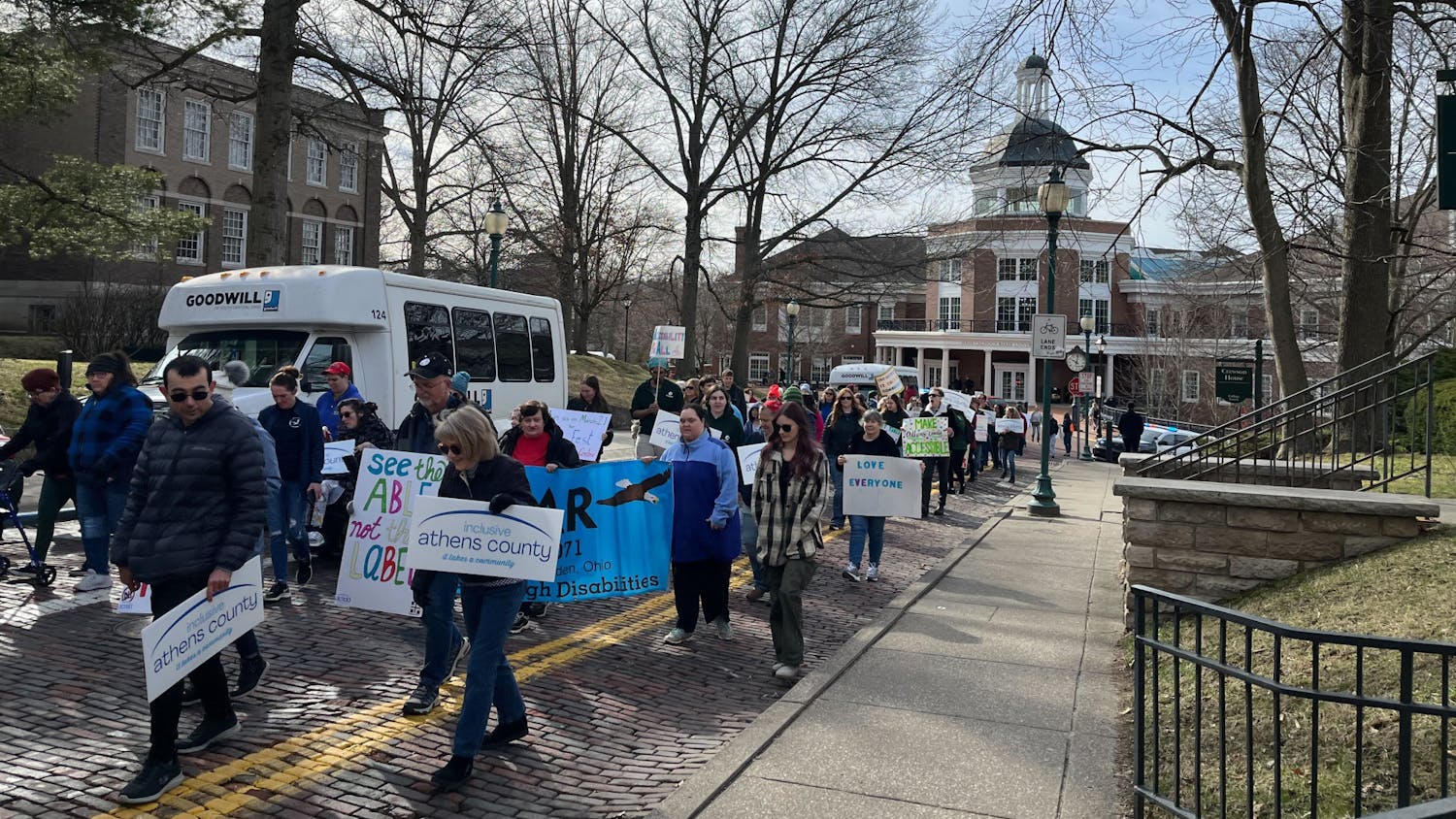It’s been nearly a century since World War II began, changing the lives of everyday citizens forever as the U.S. entered into war with much of the eastern hemisphere. Yet, one has to wonder what was happening in Athens, Ohio, during this time.
This thought is now one students can explore in Alden Library’s reopened Cornelius Ryan Room, located on the fifth floor across from the George V. Voinovich Collection. Dedicated to World War II correspondent Cornelius Ryan, the room serves as a tribute to his work and legacy as an Irish-American journalist.
“As manuscripts archivist, the (Cornelius) Ryan collection is under my umbrella of collections, so I knew that was something I wanted to do was give that room a refresh and see if we can open it up so that people could wander in and check out the stuff we have,” Greta Suiter, manuscripts archivist for Alden Library, said.
While the room dates back to the 1980s, it was reopened after the COVID-19 pandemic, formerly used as a classroom for students and professors.
Miriam Nelson, the director of the Mahn Center, Preservation and Digital Initiatives, said making the room more connected to students is a main priority.
“It remained a little bit of a difficult space to have as an exhibit space, so that's one of the things that we're trying to do now is to make it more open and accessible,” Nelson said.
Ryan became tied to John Wilhelm, one of the first directors of the E.W. Scripps School of Journalism, during the war. After his death in 1974, Ryan’s widow was inspired to work alongside the Wilhelms to find a way to honor her husband, as he had kept an array of his interviews with army personnel.
Thus, the Wilhelms created the Cornelius Ryan Room, wanting to display the work Ryan did not just with army generals, sergeants and captains, but with people from all different backgrounds and cultures.
“The majority of the Cornelius Ryan papers are privates, sergeants, the NCOs, captains, lieutenants, from all nationalities, not just American soldiers or allied soldiers,” Alex Hines, archives assistants and co-curator for the Cornelius Ryan Room, said. “It’s that everyday person aspect that we really wanted to bring into the exhibit, so we don't have a ton from the high brass, we have a lot from the individuals.”
Nelson, Suiter and Hines all aspired to not only show the work of Ryan, but also of other backgrounds and experiences during World War II, including women and the Athens community.
“We tried to emphasize not just Cornelius Ryan's history and his archives, but because we have his archives, we've also got a lot of other World War II collections, so we wanted to integrate some of those as well and show more about what people in Athens were doing during World War II, and also some of the women who (were) in the army,” Suiter said.
Along with these aspects of the room come physical archives such as uniforms that Wilhelm and his wife wore, as well as the content from the three books Ryan wrote during World War II, which include his questionnaires with veterans.
Open from 9 a.m. to 4 p.m. Monday through Friday, students can venture up to the top of Alden Library to understand the life of a war correspondent, as well as learn more of the untold stories that were never touched on during the late 1930s and early 1940s.
“Just introducing people to what a war correspondent was and is, what do they do, as well as the history of D-Day and Market Garden and the main topics of Ryan's books,” Suiter said. “I think it's a really interesting opportunity to see something that shows a little bit of the collections that the archives have because we have way more than what's on display.”
The Cornelius Ryan Room is the place to explore this semester if interested in war history, journalism and the connections they have to Ohio University.






